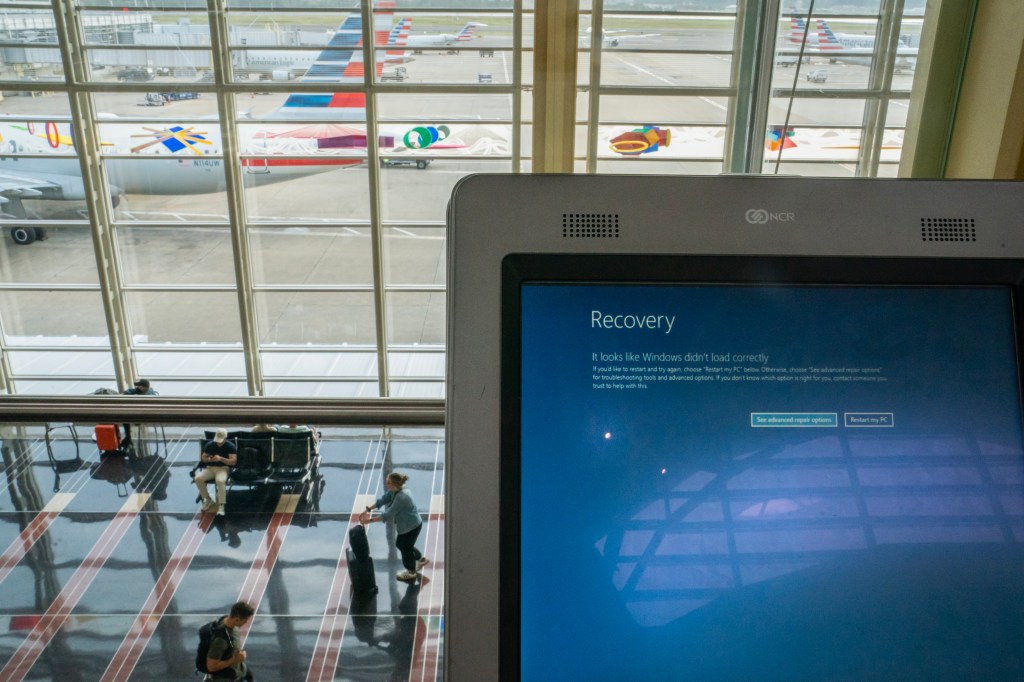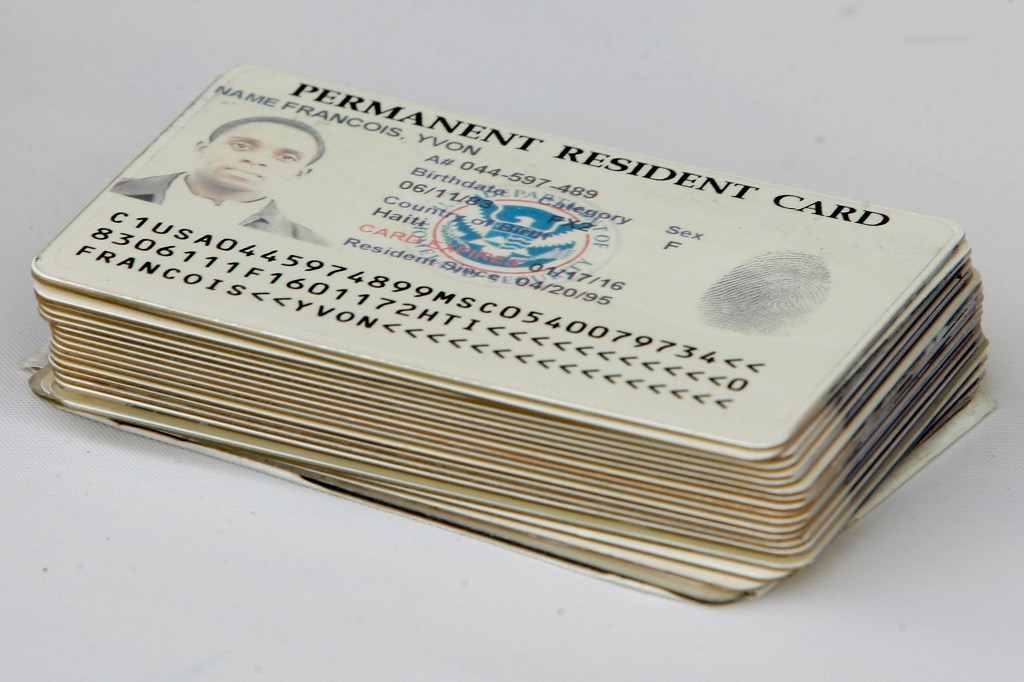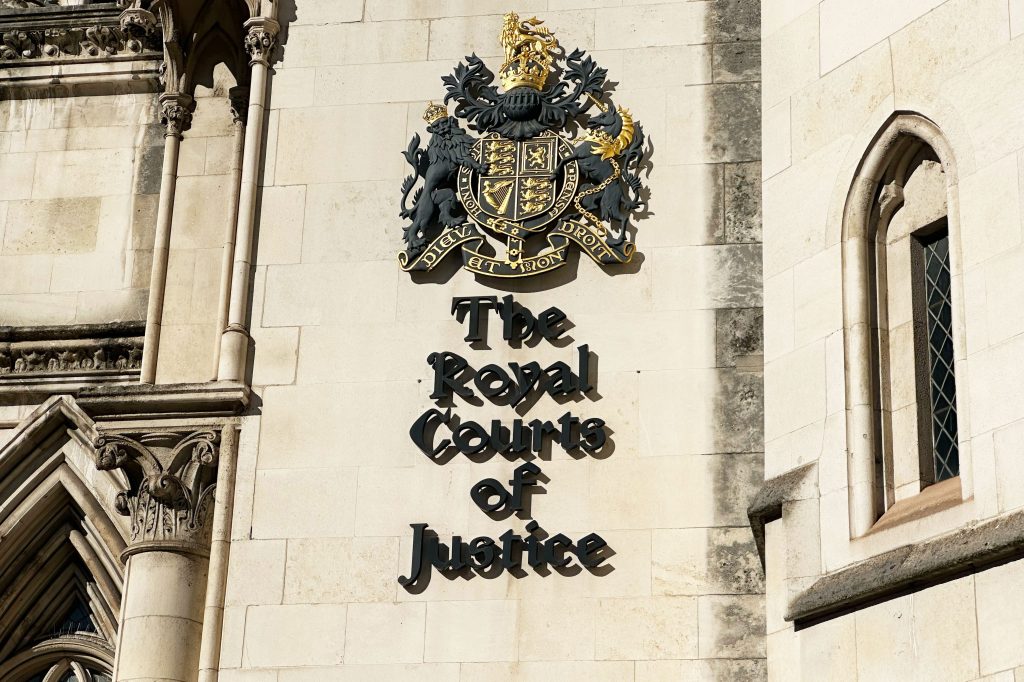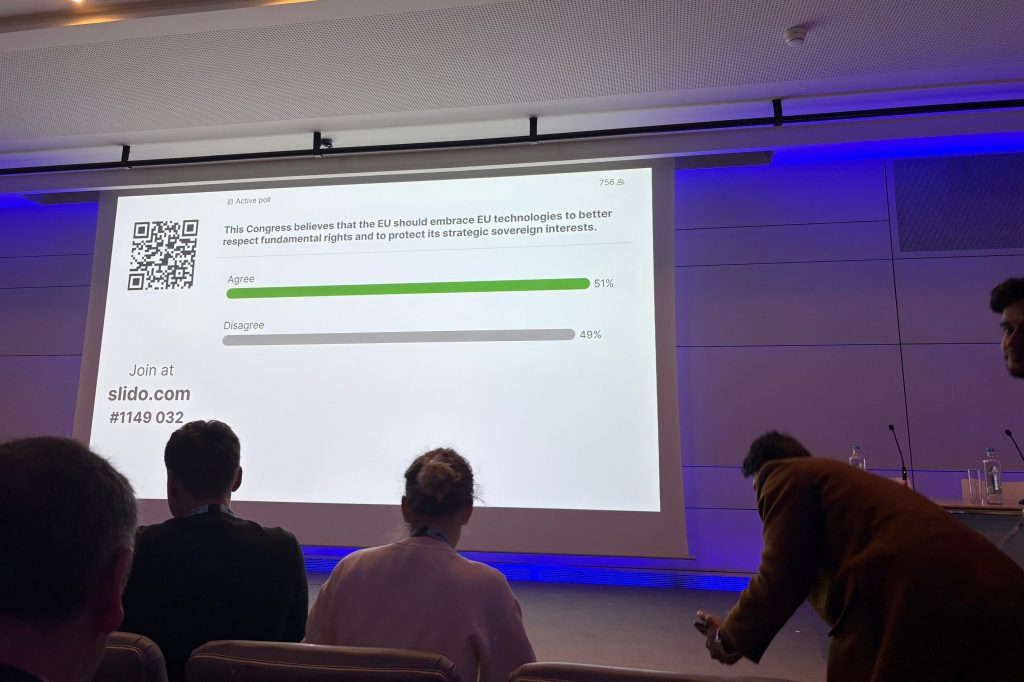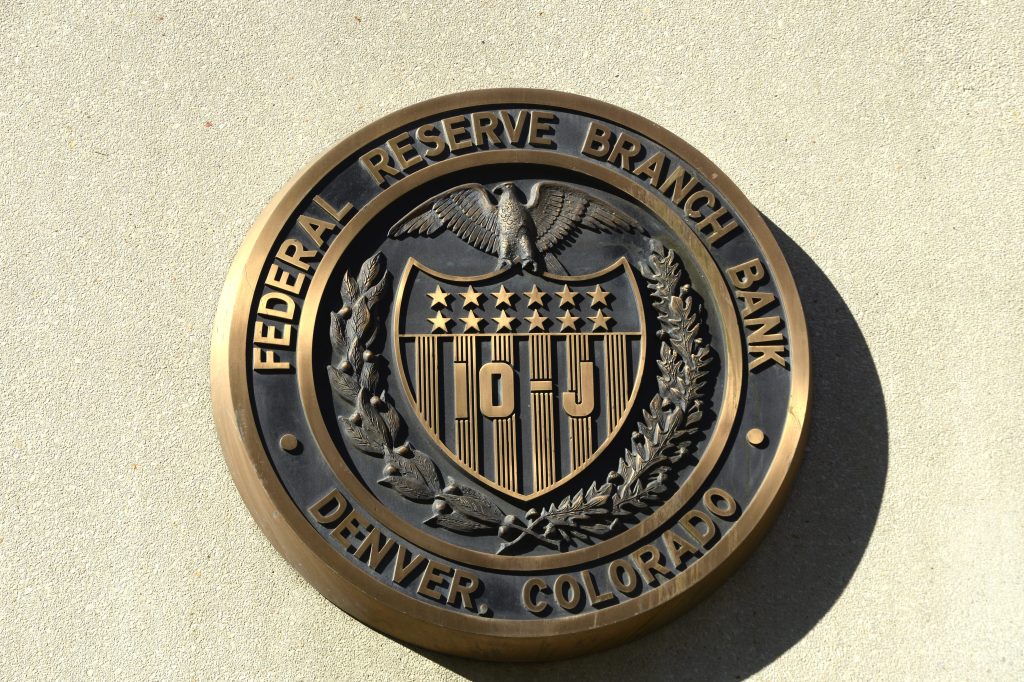Federal bank regulatory agencies have issued a joint statement as part of their continued efforts to provide clarity on banks’ engagement in crypto-asset-related activities.
The statement from the Federal Deposit Insurance Corporation, Federal Reserve Board and the Office of the Comptroller of the Currency describes the potential risk-management considerations related
Register for free to keep reading.
To continue reading this article and unlock full access to GRIP, register now. You’ll enjoy free access to all content until our subscription service launches in early 2026.
- Unlimited access to industry insights
- Stay on top of key rules and regulatory changes with our Rules Navigator
- Ad-free experience with no distractions
- Regular podcasts from trusted external experts
- Fresh compliance and regulatory content every day

